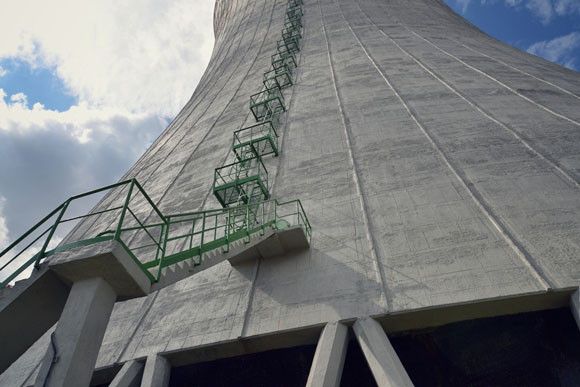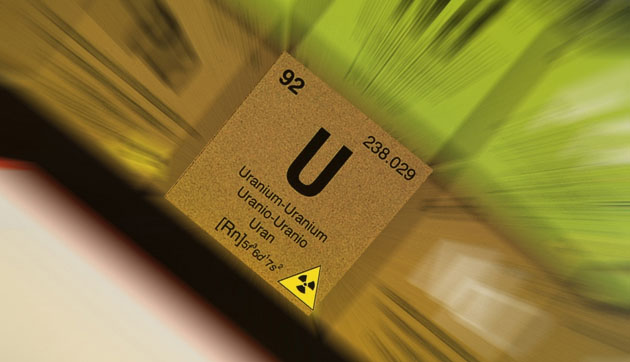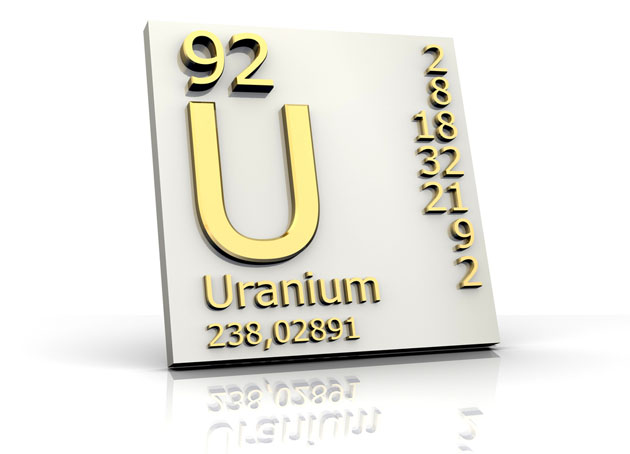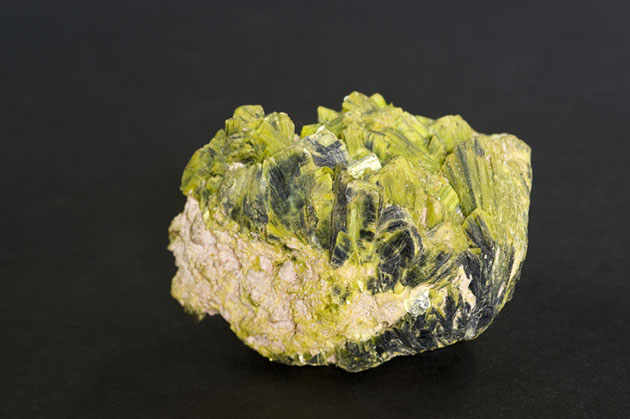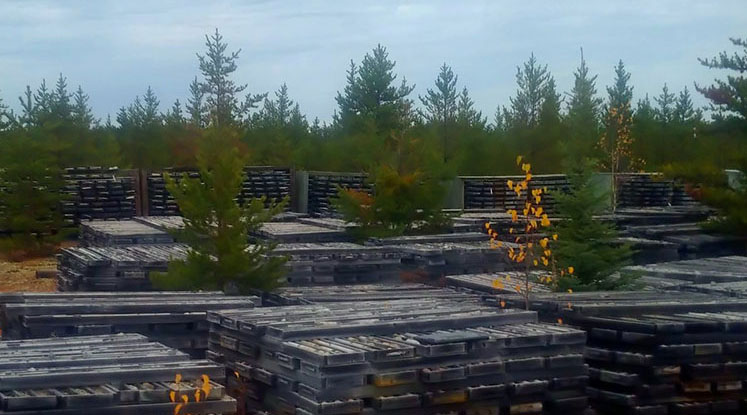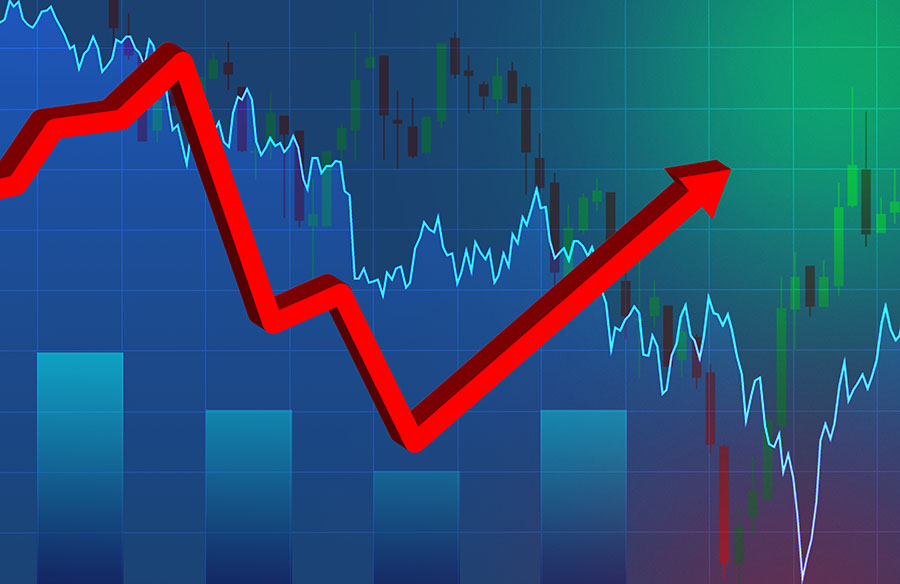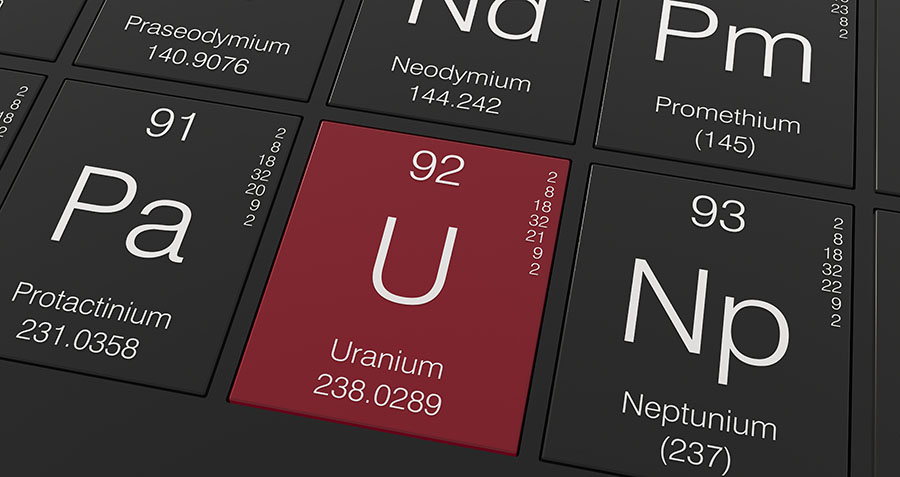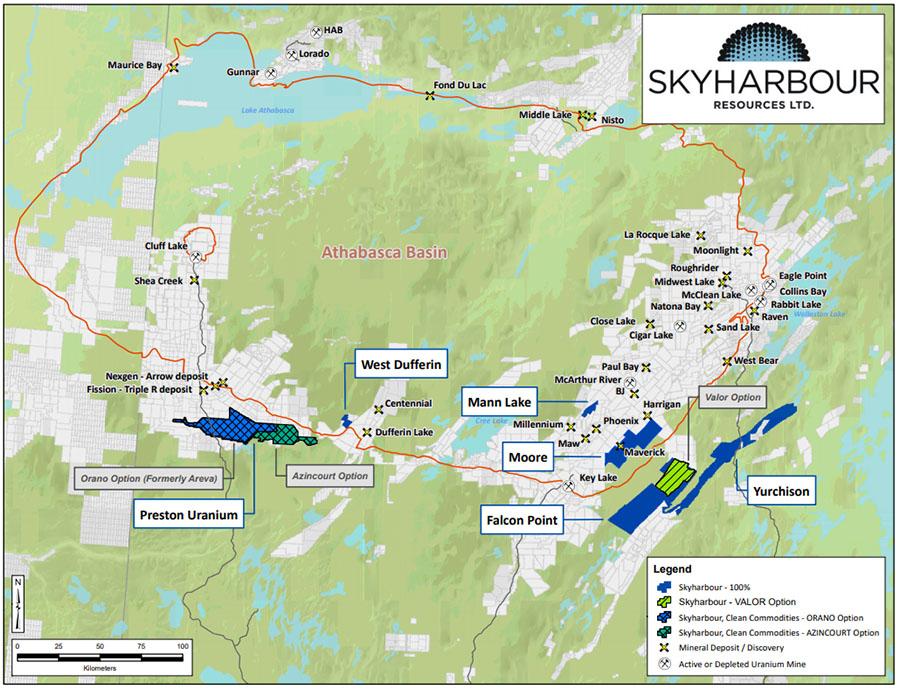The Energy Report: Colin, the Japanese government is predicting higher-than-expected GDP growth of 2.5% for 2013. As the world's second-largest importer of thermal coal, that should be good news for investors in that space. Are you buying Japan's optimism?
Colin Healey: It's a positive for Japan, but the news isn't necessarily super bullish for thermal coal in a global context. China will remain much higher in terms of economic growth than Japan, and it will remain the top importer of thermal coal. China's consumption of thermal coal will continue to be the major determinant in pricing for the seaborne market.
TER: What's Haywood's thermal coal price forecast for 2013 versus 2012?
CH: In January, we revised our forecast downward for Newcastle thermal coal, which is the basis for our baseline thermal coal product. We revised our 2013 average price forecast down from $115 per ton to $100 per ton. The spot price at the time was $91 per ton. The price through 2012 was quite suppressed, so even at $100 per ton, we're looking at an average price above those seen in H2/12. This represents somewhat of a recovery for coal pricing.
TER: You cover one thermal coal story. Tell us about that company.
CH: The company is Coalspur Mines Ltd. (CPT:TSX; CPL:ASX) and our target price on it is CA$1.50. Coalspur is developing the Vista Coal project in Hinton, Alberta, which is an export thermal coal project. The company is looking to ramp up production to close to 12 million tons per year of export-quality thermal coal. Initial production should come on-line in late 2015 to early 2016, in our model.
Coalspur is currently in the process of finalizing financing arrangements for Vista Coal. The capex to initial production is expected to be in the $500–527 million ($500–527M) range. The company signed a commitment letter with EIG Global Energy Partners for a $300M senior secured debt facility. Now, Coalspur is working on an offtake agreement to provide the additional funding required to get Vista Coal into initial production. The company may still have to go to the market for equity, but that should be tempered by the $300M debt facility.
TER: What is Coalspur's projected cost per ton?
CH: The quality of its coal is seaborne market quality, with high calorific values, making it economic for export. Cash operating costs in our forecast are in the range of $56 per ton. Total cash costs are in the high $60s. With our long-term projection of coal prices in the $100–104 range and Coalspur's total production costs, including sustaining capex, in the $76 range, the potential is definitely there for good margins and a long life of mine.
TER: Getting back to Japan, it is also a key market when it comes to uranium. Is the new Japanese government closer to once again embracing nuclear power post-Fukushima?
CH: It looks that way. Recently some Japanese newspapers reported that guidelines have been established. These are new safety guidelines that the nuclear reactor operators will have to comply with in a reactor fleet restart scenario. Details are still a bit sketchy as to the specifics of the new guidelines though.
One of our most important near-term catalysts for the uranium space is the possible restart of reactors in Japan. We expect the restarts to be progressive, and that represents a significant potential catalyst for the uranium price. As the restart progresses, Japanese nuclear fleet operators will stop deferring delivery of contracted uranium. We'll initially see evidence of that in a recovering spot price for uranium.
TER: Throughout much of 2012, the market looked for the uranium spot price to find support above $55 per pound (/lb). What's your spot price forecast for 2013?
CH: Right now the spot price of uranium is $43.65/lb according to UxC. For 2013, we're looking for a $60/lb spot price. Longer term, uranium should average $67.50/lb. That represents a significant recovery in the spot price. Our longer-term price projection is $70/lb spot and $75/lb long-term contract.
TER: What's your thesis when it comes to small-cap uranium producers?
CH: With uranium producers in general, there are only a handful of choices in the space. Currently, one of the small- to mid-cap producers that you could look at is Paladin Energy Ltd. (PDN:TSX; PDN:ASX), for which we have a $2 target price. Energy Fuels Inc. (EFR:TSX) ($0.40 target) and Uranium Energy Corp. (UEC:NYSE.MKT) ($3.10 target) are other small-cap producers that we cover.
When you look at production names, you want to find the companies that are past the growing pains of initial production and that are achieving record production quarter over quarter. The period of ramping up production can present many challenges and can deliver unexpected news to the market that can expose the investor to surprise or shock movements in the stock price.
For the producers we cover, we like Paladin for its strong operating results. We saw an operating and activities report from Paladin in mid-January 2012 highlighting very strong production from both operating mines in Namibia and Malawi. The company is focusing on cost reduction measures and it's likely that when it reports in early to mid-February, any demonstrated reduction in cost at the Malawi operation will be positive for the stock.
TER: Do you want to discuss any other producers?
CH: Definitely Energy Fuels Inc. We have a CA$0.40 target price on it and rate it as Sector Outperform. It's one of the producers in the space with strong leverage to the uranium price. We look at Energy Fuels as a great opportunity to get exposure to uranium price appreciation. If the prices do what we forecast toward the end of 2013, investors in this name could do very well.
TER: With uranium development stories, what's the path for those companies to generate shareholder value?
CH: We have two development stories, which are Uranerz Energy Corp. (URZ:TSX; URZ:NYSE.MKT) ($2.80 target) and Ur-Energy Inc. (URE:TSX; URG:NYSE.MKT) (CA$1.40 target). Both are developing in-situ recovery (ISR) uranium operations in Wyoming and are in a race to see who's going to be the next new producer in the state. Since both are ISR, the capex is much, much lower. So far these companies have had great success in controlling and managing opposition to their projects and have enjoyed the support of the state itself.
Uranerz has a toll milling agreement with Cameco Corp. (CCO:TSX; CCJ:NYSE) for its resin. This means that there's lower risk to the production beyond the well field for Uranerz because it is not building a complete processing plant; it's relying on an existing operating processing plant.
On the other hand, Ur-Energy is well advanced in the construction process. We note that a petitioner has filed a motion for preliminary injunction against the company’s Lost Creek project seeking judicial review of the U.S. Bureau of Land Management’s positive Record of Decision on Lost Creek. The petition awaits judicial review, and both the State of Wyoming and Ur-Energy had been granted status as "party to the proceeding." Both the Federal Bureau of Land Management and the State of Wyoming have filed briefs in opposition to the preliminary injunction, and construction continues at the project.
These are two companies looking at production by the end of 2013, which will hopefully coincide with a rising uranium price. These are names that investors will turn to as soon as we start to see some support in the spot price and a few upticks in the long-term price. Both firms have U.S. listings, providing additional market access to investment in the shares. These are definitely go-to names in a rising uranium price environment.
TER: How do both of these companies stand when it comes to having the capital necessary to reach production?
CH: Including working capital requirements, it's likely that both of them will need to go to the market. We're assuming in our models that both will need a capital injection ahead of production. Uranerz, in our estimation, will have to come to the market sooner than Ur-Energy.
TER: What are your parting thoughts on this space as to what investors should be excited about in 2013?
CH: Investors can get excited about the fundamental investment thesis that we have in the space, which is a supply/demand forecast that calls for a supply shortfall. At some point in 2013 or early 2014, we expect that to result in an extended period of higher uranium prices. Many of the companies we're highlighting today that are either in production or contemplating production by the end of 2013 could be big beneficiaries of those higher uranium prices.
Don't forget that the restart of Japanese reactors could be another big catalyst for the uranium price. We will keep our eye focused on the spot price. Any material $5–7 recovery in the spot price could be a signal that Japan is no longer deferring deliveries or at least a portion of the operators in Japan are no longer deferring deliveries of uranium. That would be a critical first signal that reactor restarts are being contemplated in Japan.
TER: Thanks again for your time, Colin.
Colin Healey joined Haywood in 2008 as a mining associate focusing on the uranium, iron ore and coal sectors. Immediately prior to his arrival at Haywood, Healey worked at a major Canadian bank as an analyst structuring debt financing across a wide variety of industries. Prior to joining the finance industry seven years ago, he worked for eight years as quality manager in an ISO 17025-accredited laboratory that performed extensive assay and analysis work for major mining and precious metals refining companies. He holds a Master of Business Administration from the Schulich School of Business at York University, majoring in finance and investments, as well as a Bachelor of Commerce degree, majoring in computer information systems, and a technical diploma in mechanical engineering.
Want to read more Energy Report interviews like this? Sign up for our free e-newsletter, and you'll learn when new articles have been published. To see a list of recent interviews with industry analysts and commentators, visit our Exclusive Interviews page.
DISCLOSURE:
1) Brian Sylvester of The Energy Report conducted this interview. He personally and/or his family own shares of the following companies mentioned in this interview: None.
2) The following companies mentioned in the interview are sponsors of The Energy Report: Coalspur Mines Ltd., Energy Fuels Inc., Uranerz Energy Corp. and Ur-Energy Inc. Interviews are edited for clarity.
3) Colin Healey: I personally and/or my family own shares of the following companies mentioned in this interview: None. I personally and/or my family am paid by the following companies mentioned in this interview: None. I was not paid by Streetwise Reports for participating in this interview.



